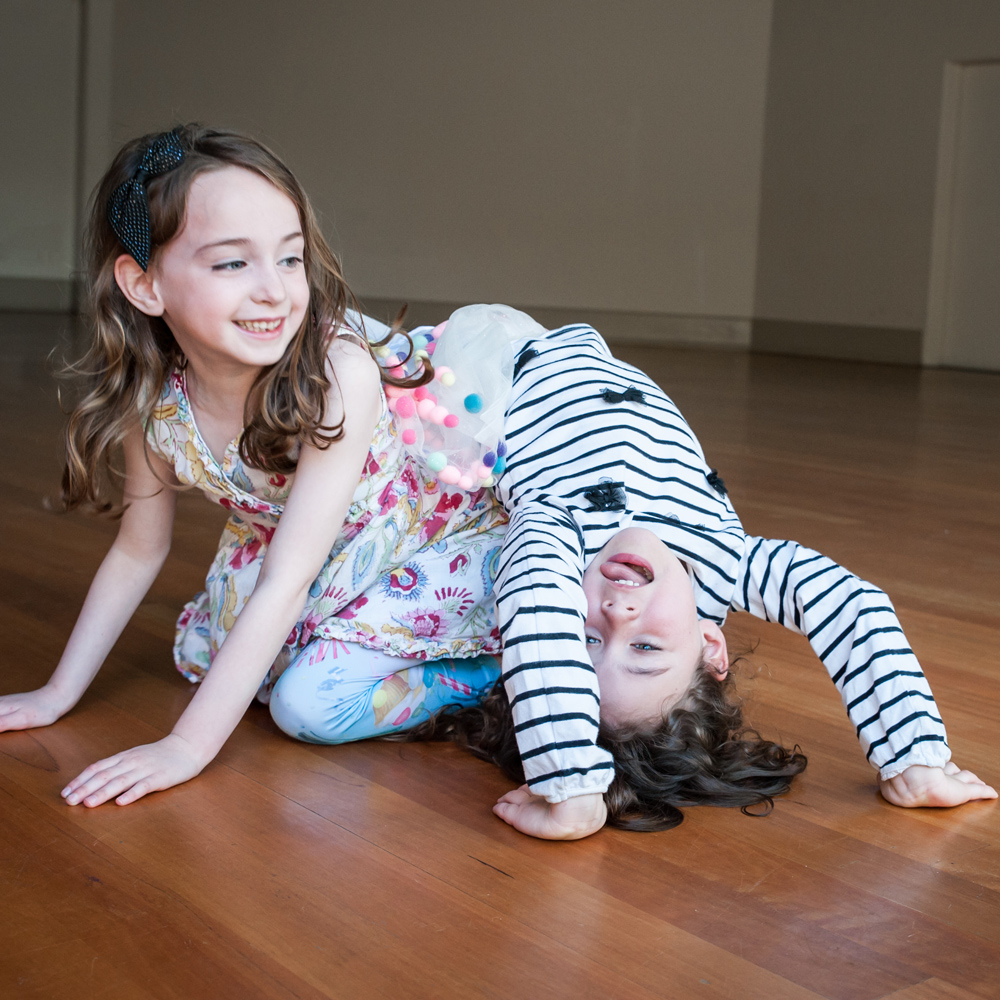What is salt without pepper? And what is the beach without the ocean? Children work in pairs to spontaneously create a “set” of two things without talking or planning! Each partner becomes one item in the set, and must work together to improvise successfully.
Materials Required
- No materials are needed, just a group of people
Instructions
- As a group, brainstorm a list of as many sets of items as possible (i.e., knife and fork, wood and fire, soup and spoon).
- Choose one leader for the group and have everyone else split into pairs.
- Have the leader call out a set from the list and have each pair act out the set, each person moving their body to become one of the items—all without planning or talking!
- Keep playing until the leader has called out all the sets from the list. As the group becomes more advanced, have the leader call out sets at a faster rate.
Additional Tips
Try these activity variations:
- For an extra challenge, have the leader call out sets from a "mystery" list (pre-prepared) so the players don't know what is on it, and don't have any ideas beforehand.
- Keep the story going! After becoming the set, partners can work together to improvise a short scene. What would the knife say to the fork? Would the salt and pepper always get along? Use imagination to tell the story.
- At any point in the game, the leader yells “reset,” and everyone must find a new partner!


